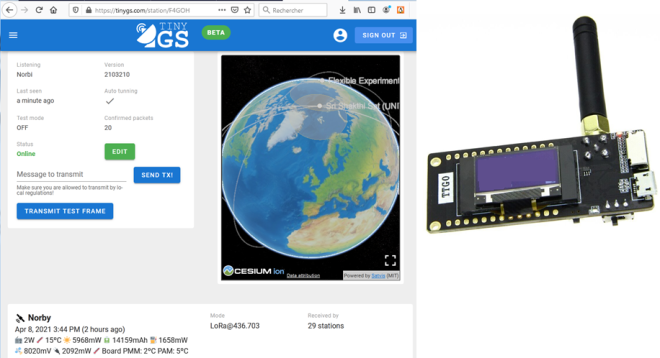
Introduction
Réaliser un hotspot DMR…
… le fabriquer ou acheter un montage tout fait ?
Pas facile de s’y retrouver dans la jungle d’Internet. Il faut réaliser très souvent un travail d’enquête minutieuse. Beaucoup de sites proposent une description matérielle, mais le logiciel n’est pas simple. Sans parler de la configuration sur le Raspberry pi qui peut parfois être pénible sans connaitre les lignes de commandes Linux. Ajouter à cela, les liens morts ou des mises à jour qui font que la description est obsolète. Sans oublier le vocabulaire DMR déroutant qui sera lié à un abandon quasi certain.
Avant de se lancer dans le DMR, il vaut mieux avoir une aide extérieure. Une personne connaissant le système et qui pourra vous aider. Combien de fois ai-je pu voir de superbes réalisations, mais impossible à réaliser par manque de description ?
Je vais essayer de faire une synthèse de la mise en œuvre d’un hotspot DMR.
Sommaire :
- Vocabulaire de base.
- Le modem.
- Le Raspberry pi ou l’orange PI.
- L’écran LCD Nextion
- La configuration.
- La programmation du pocket GD-77 * (Custommer Programming Software)
- Le serveur BrandMeister
- Conclusion
* Le pocket GD-77 est pris en exemple dans ce document
Fichiers de programmation ici
Lire la suite « Hotspot DMR » →









